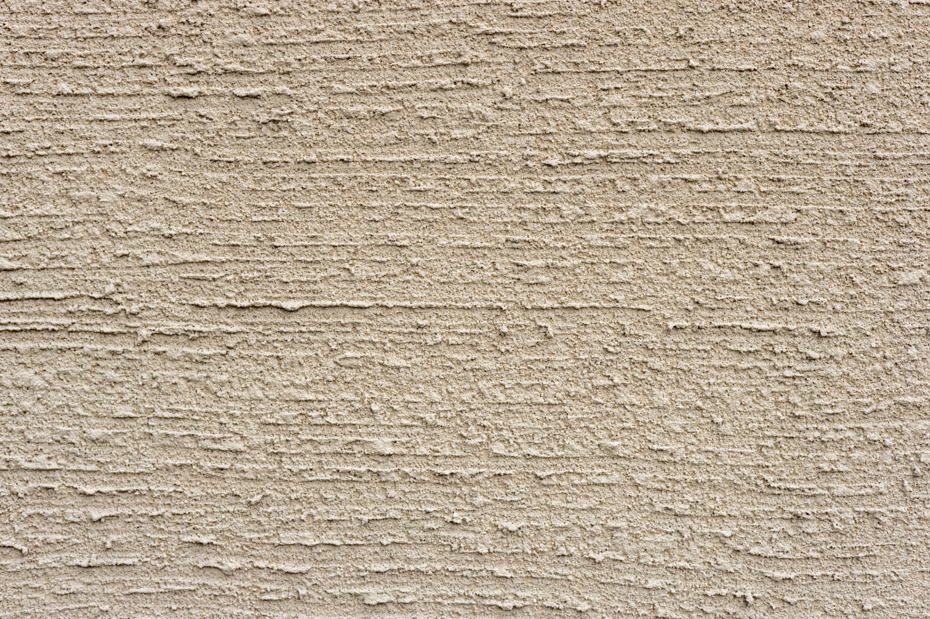The diversity of earth-based materials
Depending on the local geological and seismic characteristics, some transformation techniques of the earth have historically established themselves. For example the technique of rammed earth is more used along the Rhone in France. Note that earth can be mixed with other types of materials such as bio based ones (e.g. the earth and hemp concrete of the eco-terra project) or cement (e.g. the sprayed concrete with clay binder of Saint-Gobain & Norper, the cement-reinforced earth blocks of Terrabloc).
Earth-based materials: properties and availability that make them a promising alternative for low-carbon construction
Earth-based materials have a smaller carbon footprint than concrete. The latter can even be zero, especially for adobe, which is built by piling up successive layers of local earth without machines. In the case of the production of terracotta materials, the carbon footprint increases with the firing phase, but remains lower than the cement one thanks to the lower temperatures (900°C-1200°C and 1450°C respectively).
Earth-based materials also provide additional living comfort for the inhabitants thanks to their hygrothermal capacity (the earth stores humidity and releases it in case of too dry air), their good acoustic insulation (earth walls do not reverberate sounds while a thin concrete wall absorbs 20% of the sound at 1000Hz [2]) and their absence of toxic volatile organic compounds.
Finally, earth-based materials represent an opportunity to develop the circular economy in the building sector. Indeed, in France, 180 million tons excavated soil could be transformed into earth-based materials as estimated by experts [3].
Learn more about our experience in law-carbon strategies >
Earth-based materials: a use involving a restructuration of the building sector
Although earth-based materials have interesting characteristics for low-carbon construction, they are not currently adapted to the standardization allowed by concrete and around which the building sector has been structured.
They are more in line with a case-by-case logic. This is notably due to their diversity, inherent to the raw material whose characteristics vary according to its origin. Using them requires adaptability of the ATEX (Experimental Technical Assessment, prior authorizations required for the use of a new material), whereas standardized materials rely on already existing ATEX.
Another obstacle is their lower mechanical strength (up to 5 MPa [4] for adobe without additives, compared to 20 MPa for concrete) which limits the number of floors that can be built. This limitation can be overcome by adding cement, but this reduces the carbon footprint gain from the raw material.
Moreover, in the case of the in situ valorization of excavated soil, the overall organization and delivery schedule does not take into account the soil investigation and material production phases. Indeed, these steps can take up to 6 months [5], and actors in construction are used to immediately available materials.
Finally, the skills concerning their installation, production and integration in constructions are still not widespread, which also limits their deployment.
Overall, the use of earth-based materials on a project entails an additional cost of 10% to 20% [6], which is still difficult to accept by the final clients, while the standardization of construction has allowed a down levelling of costs. Earth-based materials are still limited to specific uses, but this could change with a tightening of regulations, encouraging more alternatives to conventional materials.
Thus, as it has been done with bio based materials over the past 30 years, it is necessary to multiply the number of references in order to democratize the use of earth-based materials. For this, the public order represents an opportunity to multiply the examples, thanks to its duty of exemplarity and support to the innovation. Our team at Alcimed can support you to explore the trends of tomorrow’s construction, notably through market studies and definition of strategic positioning!
About the author,
Elody, Consultant in the Innovation and Public Policies’ team in France
[1] https://www.iea.org/news/cement-technology-roadmap-plots-path-to-cutting-co2-emissions-24-by-2050
[2] https://environnement.brussels/sites/default/files/user_files/pres_20150319_acou2_1reverb_fr.pdf
[3] Data from interviews
[4] https://fr.wikipedia.org/wiki/Terre_crue#R%C3%A9sistance_m%C3%A9canique
[5] Data from interviews
[6] Data from interviews



